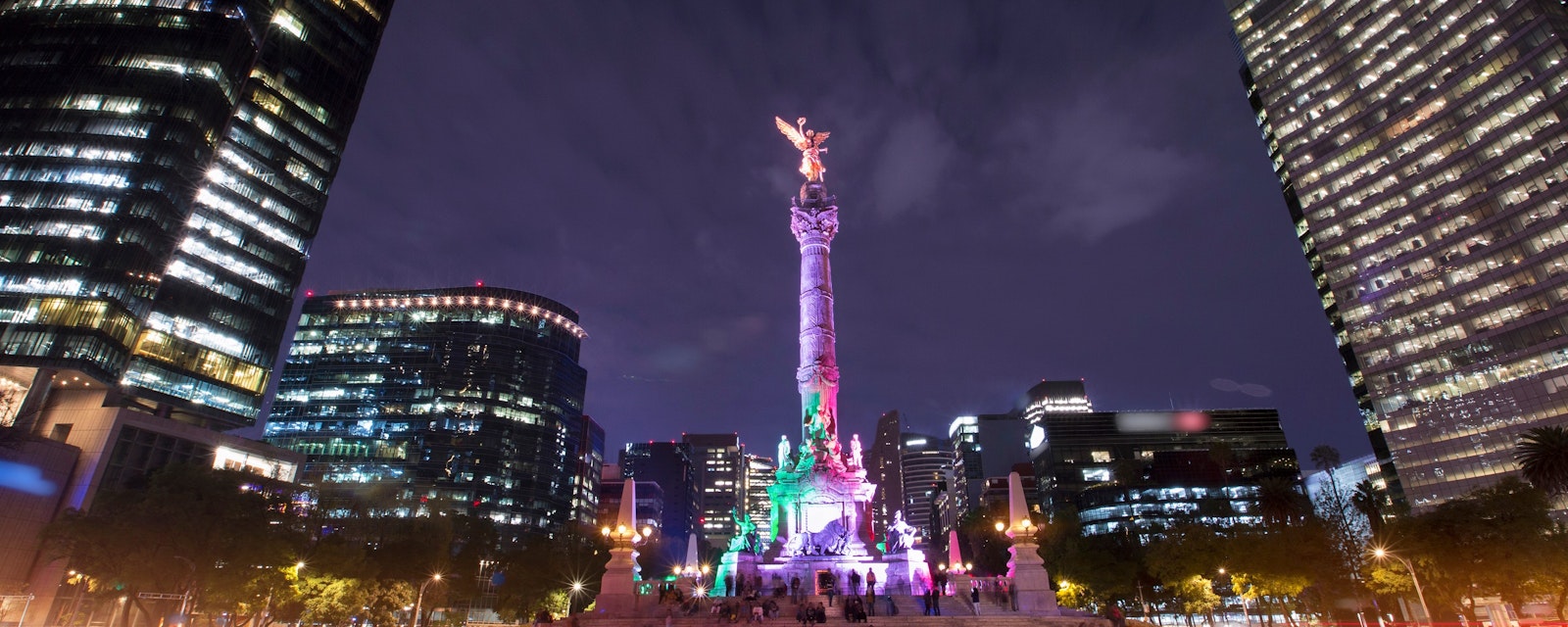A signature collection drive is currently underway to enable a presidential recall referendum to take place in April 2022; at least 2.75mn signatures must be collected by 25 December.
The referendum is designed to reinforce President Andres Manuel Lopez Obrador (AMLO)’s power and ensure he controls the succession process; his chances of losing a legally valid referendum are remote. If the referendum does not take place or does not meet the validity threshold, AMLO could seek to weaken the National Electoral Institute (INE), which organizes federal elections and audits parties’ finances.
The Purpose of a Referendum
The concept of a recall referendum roughly at the midway point of his presidency has been one of President Andres Manuel Lopez Obrador (AMLO)’s longest-standing obsessions. While AMLO dresses it up as a selflessly democratic gesture, his referendum differs from more conventional ones designed to allow voters to recall elected officials. Most obviously, it is AMLO himself – not dissatisfied voters – who is pushing the referendum. This inverted logic reflects the reality of the political system. Six years is a long time in Mexican politics and, as anywhere, power tends to drain away from the president as time passes. In the past, this dynamic exacerbated internal tussles over the succession.
AMLO’s ultimate objective is to ensure – not just that his National Regeneration Movement (Morena) maintains power from 2024 – but that he controls the presidential succession too. AMLO may be betting that victory in a recall referendum would recharge his authority and help avoid a damaging succession crisis. In the more immediate term, AMLO hopes to legitimize his policies, maintain the opposition on the back foot, and keep the Morena electoral machine sufficiently greased so that it can continue to make territorial advances at the state level; six states – none of them currently held by Morena hold gubernatorial elections in June 2022.
Referendum Math
For the referendum to take place, the signatures of 3% of registered voters are required. That amounts to 2.75mn signatures, which need to be delivered to the National Electoral Institute (INE) by 25 December. Even more problematic is that the signatures need to have reached 3% of the electorate in 17 (out of 32) separate states. As of 10 December, 31% of the necessary signatures had been gathered, though more have been delivered to the INE in the past few days. The most problematic element could be obtaining the spread of signatures across 17 states; by the middle of last week, the target had only been reached in two. If sufficient signatures are gathered and verified as genuine, the referendum would go ahead on 10 April 2022.
Should the referendum go ahead, there is another numerical hurdle. For the referendum to be legally valid, 40% of the electorate must participate. This amounts to around 37.9mn voters – no easy task given that no other elections are being held on the same date, which could have helped boost participation. Turnout in the August referendum held – at AMLO’s behest – to decide whether to investigate ex-presidents for corruption and other wrongdoing was under 7mn.
INE
These hurdles create fertile ground for AMLO to maintain his long-running offensive against the INE. If the INE challenges the validity of signatures, AMLO is likely to rail against the electoral organization. Similarly, if the 40% threshold is not met, expect a strong reaction from AMLO. AMLO described the INE as a “Frankenstein” after the disappointing turnout in the August referendum.
AMLO’s offensive could go beyond mere rhetoric. If the referendum does not go ahead or if the 40% threshold is not met, it could provide AMLO with the excuse he needs to replace its board with more subordinate figures, which would in turn smooth the path to ensuring Morena retains the presidency in 2024. Recall that an electoral reform was included as a key issue for the second half of AMLO’s presidency. While there is no blueprint for this initiative, reducing the size of the INE and the top electoral court (TEPJF) has already been raised. In this context and given that the INE’s budget for organizing the referendum is around 20% of what its board considered necessary for the exercise, it is only natural to ask whether the INE is being set up to fail.
Win-Win for AMLO?
If the referendum goes ahead, the chances of AMLO losing are remote. AMLO’s approval ratings are resilient at over 60%. The opposition, which remains in the doldrums, largely sees the exercise as a ruse; the Va por Mexico alliance has already challenged the referendum in the courts. Even in the event that the 40% threshold is not met but AMLO wins a majority of the vote, he is likely to frame it as a decisive victory and an endorsement of his “Fourth Transformation” project.





